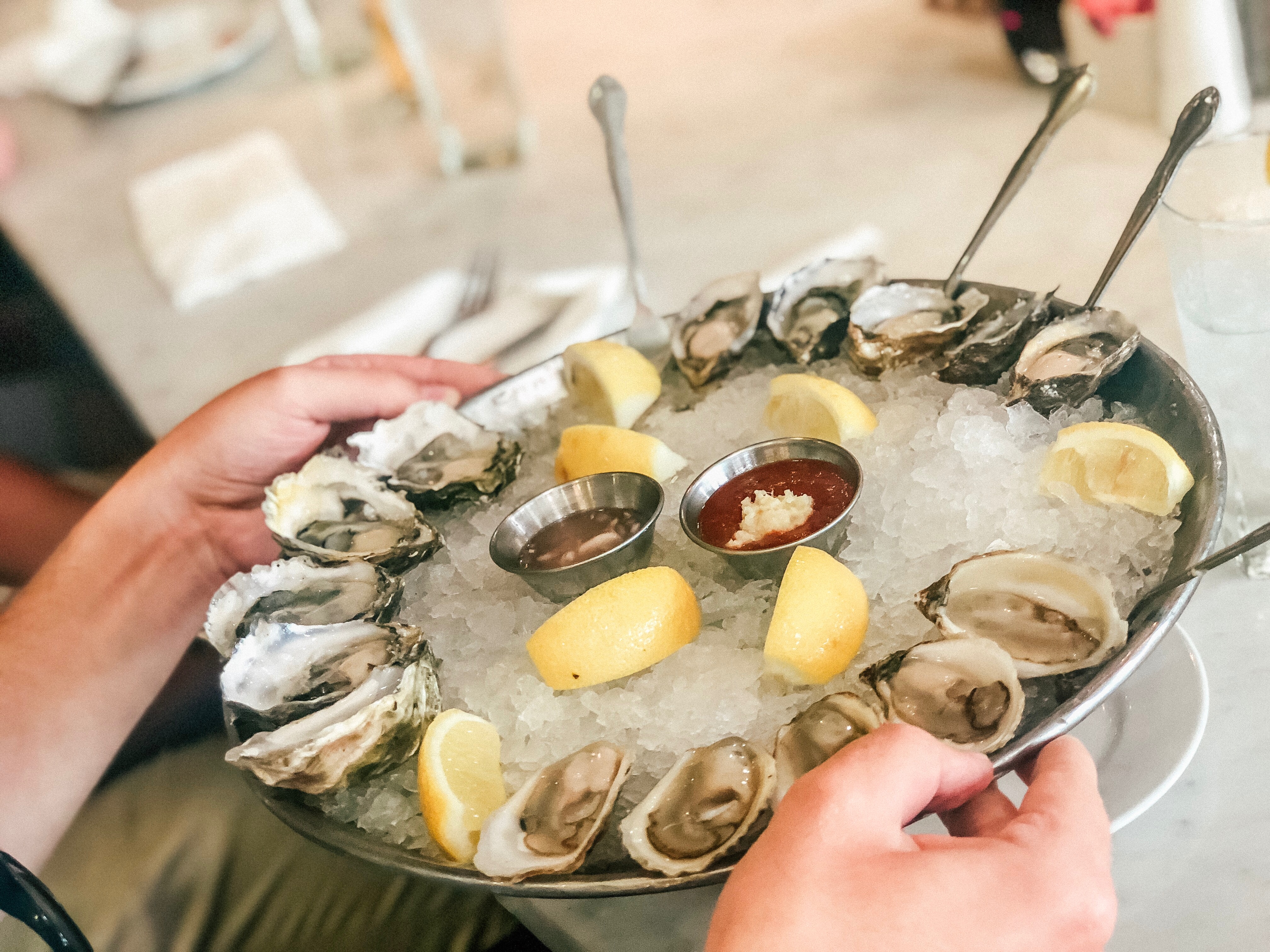Media Release
From: ESR (Institute of Environmental Science and Research Ltd)Study recommends new methods to identify shellfish contamination risk
Research looking at ways to reduce the risk of foodborne illness associated with shellfish consumption has highlighted the threat of contamination from a virus found in human sewage.
The study, involving scientists from ESR and Plant & Food Research, looked at the methods shellfish growers use to reduce the risk of norovirus – a highly contagious virus that causes sudden vomiting and diarrhoea.
The virus is the leading cause of foodborne illness worldwide. In New Zealand there have been a number of norovirus outbreaks linked to both commercially grown and imported shellfish.
Shellfish such as oysters, mussels and clams can accumulate norovirus when they are exposed to contaminated water.
A recent UK survey of commercially available oysters found that almost 70% were contaminated with norovirus.
ESR Scientist Dr Joanne Hewitt, who co-authored the joint study, says growers in New Zealand have a range of methods before and after harvest to mitigate the risk and manage it. This is important especially as population growth puts contamination pressure on areas close to farms.
“The industry know that while the risk is currently low, they have to keep vigilant.”
Testing for faecal indicator bacteria - such as E.coli – is a common method used to identify a risk prior to harvesting. In New Zealand, guidelines are based on concentrations of E.coli in the shellfish and faecal coliforms in the water.
The study found standard guidelines using faecal indicator bacteria do not necessarily predict a risk of norovirus contamination in water and shellfish.
Dr Hewitt says the main reason for this is that norovirus can remain infectious in shellfish flesh for weeks following contamination, unlike indicator bacteria, that are rapidly removed from shellfish or die-off in the marine environment.
She says while the industry and regulatory authorities are working hard to prevent illegal discharges of human sewage from boats and septic tanks, scientists recommend better microbial source tracking to identify and reduce the risk, especially for shellfish that are consumed raw.
Dr Hewitt says there are other indicators that provide better information on potential sources of human faecal contamination, and may be a more practical tool to reduce the risk of harvesting shellfish contaminated with norovirus.


